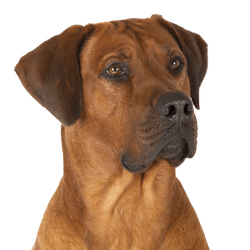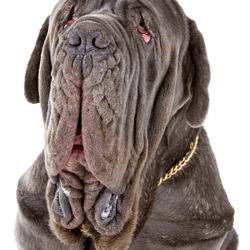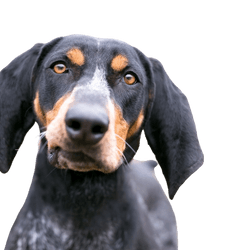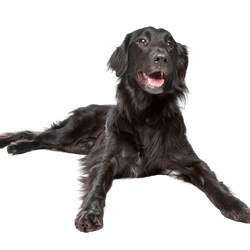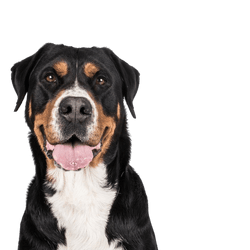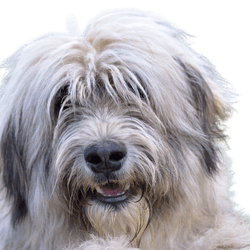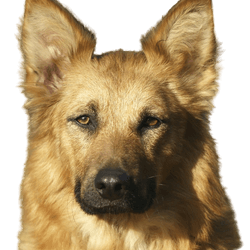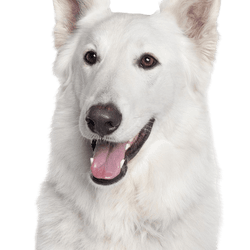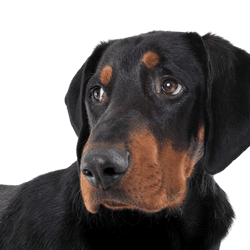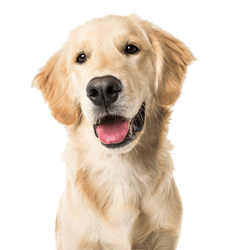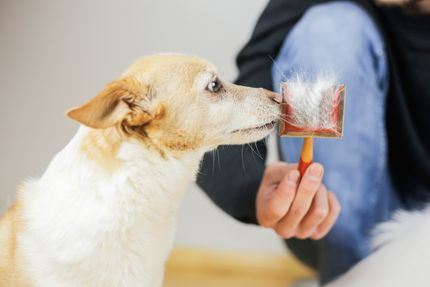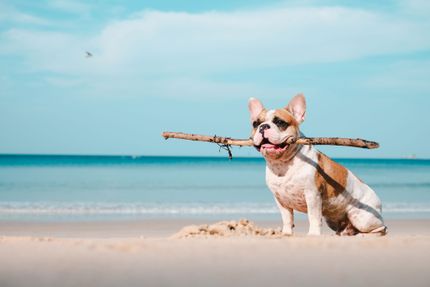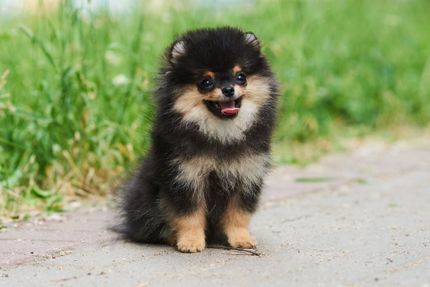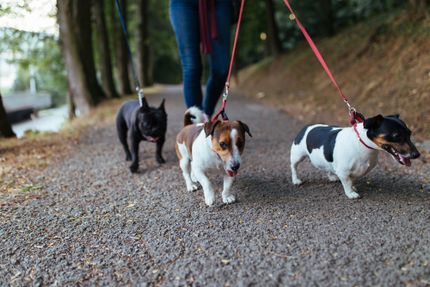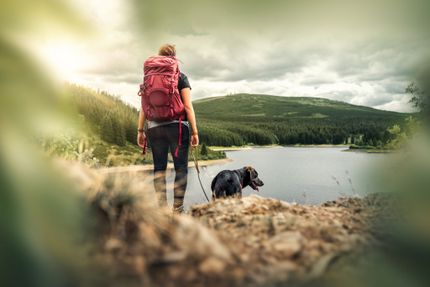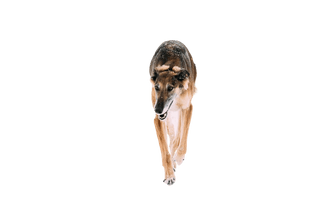
Chortaj Breed description: Character & Co
Chortaj
Facts & Origin
Chortaya Borzaya translates simply as 'short-haired greyhound'.
About the Hortaya Borzaya breed
The Chortaj or Hortaya Borzaya or Chortaya Borzaya is an Asian sighthound breed that is not recognized by the FCI.
The latter is partly due to the fact that the Chortaj has a variance which cannot be packed into a breed standard. There are five different subspecies with partly very different size and coat.
The history: ancient hunter dog
The Khortaj is said to have been bred in a similar form as a fast hunting dog in the Kievan Rus for more than a thousand years.
In 1951 a breed standard was established in the Soviet Union.
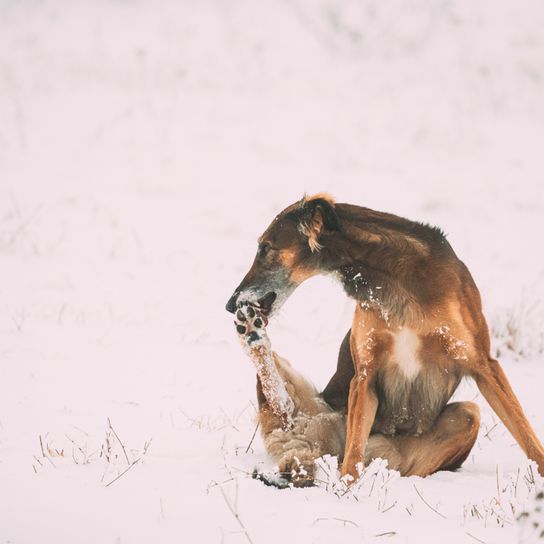
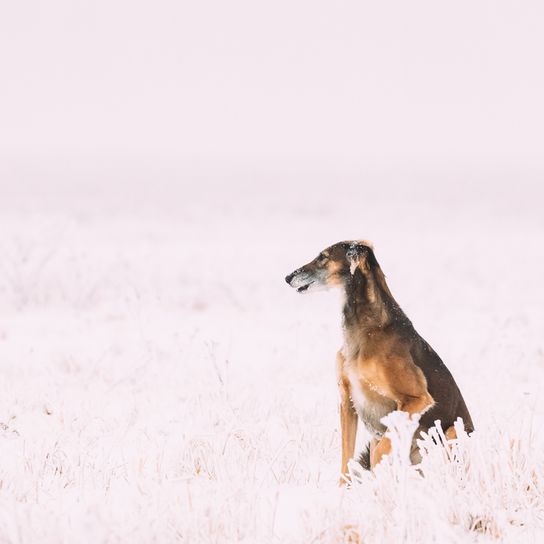
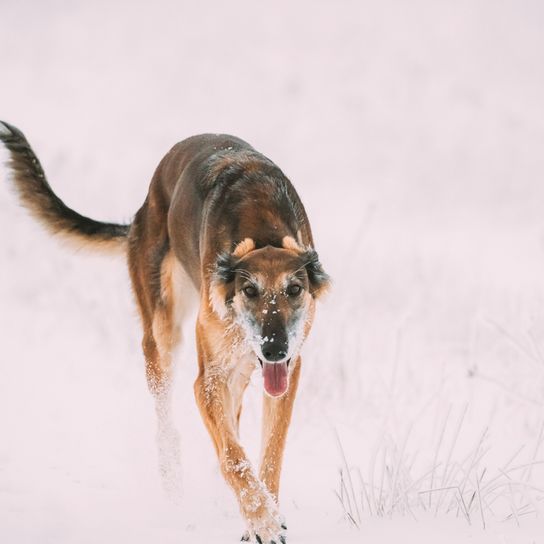
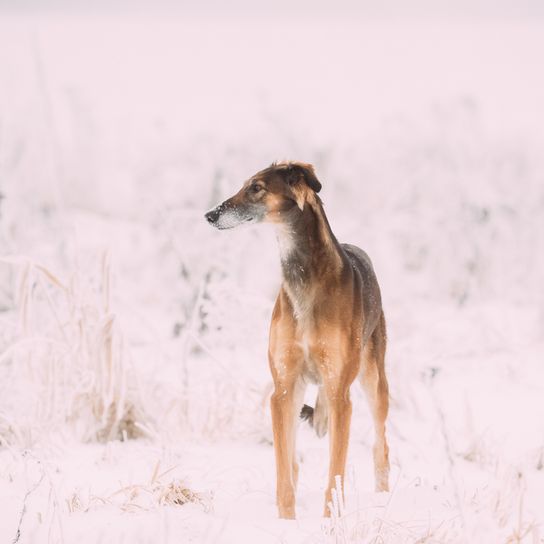
| Alternate Name | Хортая Борзая, Chortaja Borsaja, Hortaya Borzaya, Hort, Horty |
| Origin | Russia |
| Life expectancy | 13 - 15 years |
| Care requirements | low-maintenance |
| Activity level | high |
| FCI group | not recognised |
| AKC group | not recognised |
| KC group | not recognised |
Attitude, character and temperament of the breed
Temperament: Hunting instinct and urge to move
Like all sighthounds, the Chortaj has a strong hunting instinct and an extreme urge to move.
Since it is used almost exclusively as a hunting dog in its home country, often for hunting in a hunter-dog team, it has been strongly bred for obedience. So it can be trained quite well for obedience.
When sufficiently exercised, the Chortaj is calm and peaceful in daily handling.
In a pack, the Chortaj is very social, so it can be kept in a group or used for hunting.
If it is socialized accordingly, it is compatible with domestic animals and can distinguish them well from prey.
Husbandry and training: in any case, keep the dog busy
The Chortaj is an extremely active hunting dog. He has lost nothing in a small apartment.
It needs to be exercised, both physically and mentally, and it needs a guardian who challenges him but is consistent and fair with it. Under the circumstances it can be trained well. Chortaj is not suitable for a beginner.
Use
The Chortaj is a hunting dog and wants to hunt. In its home country it is used either as a single hunting dog on small prey such as hares and foxes or in a group on large prey such as deer or wolves. In doing so, it may well seek out lost prey with its nose. It has a 'soft mouth', so the skins of the killed animal are still usable.
Chortaj are also suitable for racing and coursing, but are not allowed to start officially in most races because they are not FCI-approved.
With good training they are also suitable as companion dogs for riders - but here you have to pay attention to the hunting instinct.
Character
Usage

Health and breeding information
Health of the Chortaj: robust late developer
The Chortaj is a late developer, but also correspondingly long-lived. Chortajs often live 13 to 15 years - if they do not die during a hunt for predators.
Breed-specific hereditary diseases are not known, even HD is extremely rare.
Care: pay attention to the food
The Chortaj is dependent on high-quality dog food, which corresponds to its activity. On the other hand, overfeeding should be avoided. Especially for young animals, the diet should not be too rich in protein, so that the animals do not grow too fast and damage the skeleton. Of course, ears, eyes, claws and paws should be checked regularly and the teeth should be kept free of plaque by chewing or brushing. Otherwise, the Chortaj does not need any special care.
What else you should know
Outside the area of the former Soviet Union the Chortaj is hardly spread and you will have problems to get a puppy.


The appearance of the greyhound: large
Chortaj grow relatively large. Males reach a height at withers of 66 to 76 cm, females 60 to 71 cm. The Chortaj appears slender to lean and sinewy. The weight varies greatly from species to species. It lies between 18 and 35 kg. The tail is long and sabre-shaped and somewhat curled at the end. The eyes are large, oval and somewhat slanted. The ears are narrow and small and set at most at the level of the eyes. The muzzle is long and tapers to a point at the nose. The coat varies between the different species, but is never long. It often has a light undercoat in winter. The dogs may be solid or spotted.
Acceptable colors are:
- White
- Black
- Cream
- Red, mostly with black mask
- Black and brindle
- Sable
- Brindle
The Chortaj has exceptionally good eyesight.
When it moves forward, it does so with a springy, smooth trot - when hunting he does so in a kind of long, fast gallop.
In contrast to many other sighthound breeds, the Chortaj is extremely persistent, and therefore not only capable of sprints.
| Fur length | short |
| Fur | flat coated |
| Ear shape | Tilt-ear |
| Tail | lang |
| Anatomy | slim, sporty |
| Size ♀ | 60 - 71 cm |
| Weight ♀ | 18 - 35 kg |
| Size ♂ | 66 - 76 cm |
| Weight ♂ | 18 - 35 kg |
| Suitable For | - |
Colors
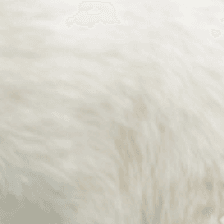

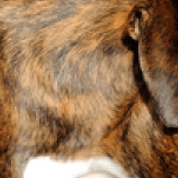
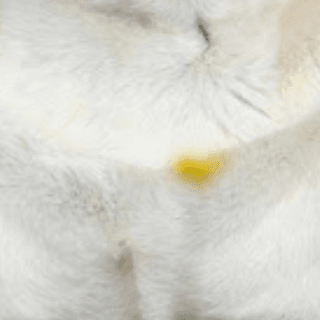
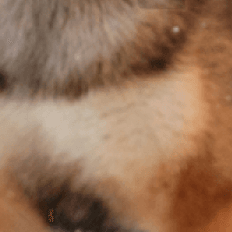
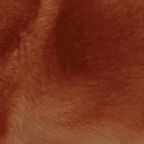
Known Diseases
Hip dysplasia (HD)
The hip dysplasia or hip joint dysplasia of the dog (HD) is a maldevelopment of the hip joint.
Other large dogs
Useful Articles
You can find articles that might interest you in the dogbible blog to match your favorite breed.
Visit our magazineto stay up to date on dog trends.
To find out more, view our Privacy Policy
Find here the breed that suits you and find out what character traits it has. Here you can also learn more about the origin, size and weight of your favorite breeds.
Matching your favorite breed, you'll find articles that might interest you on the dogbible dog blog.
How to teach your dog to "stay" 100% - 5 tips
Raw Barf Food for beginners - everything you need to know about feeding dogs naturally
